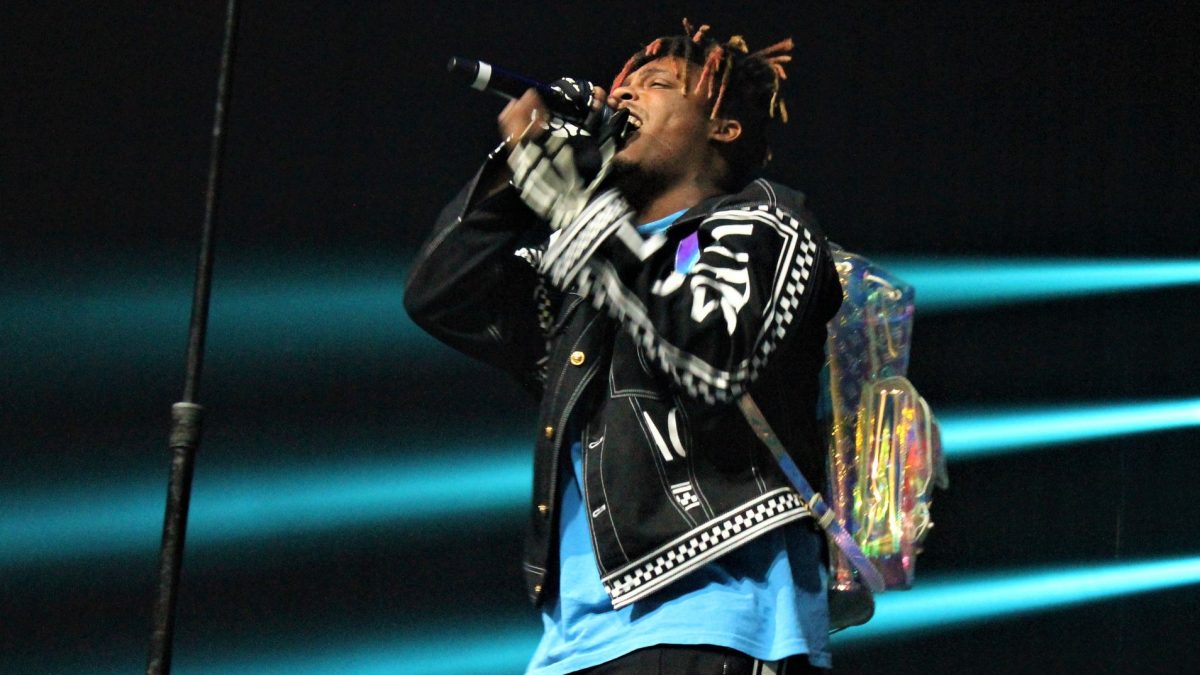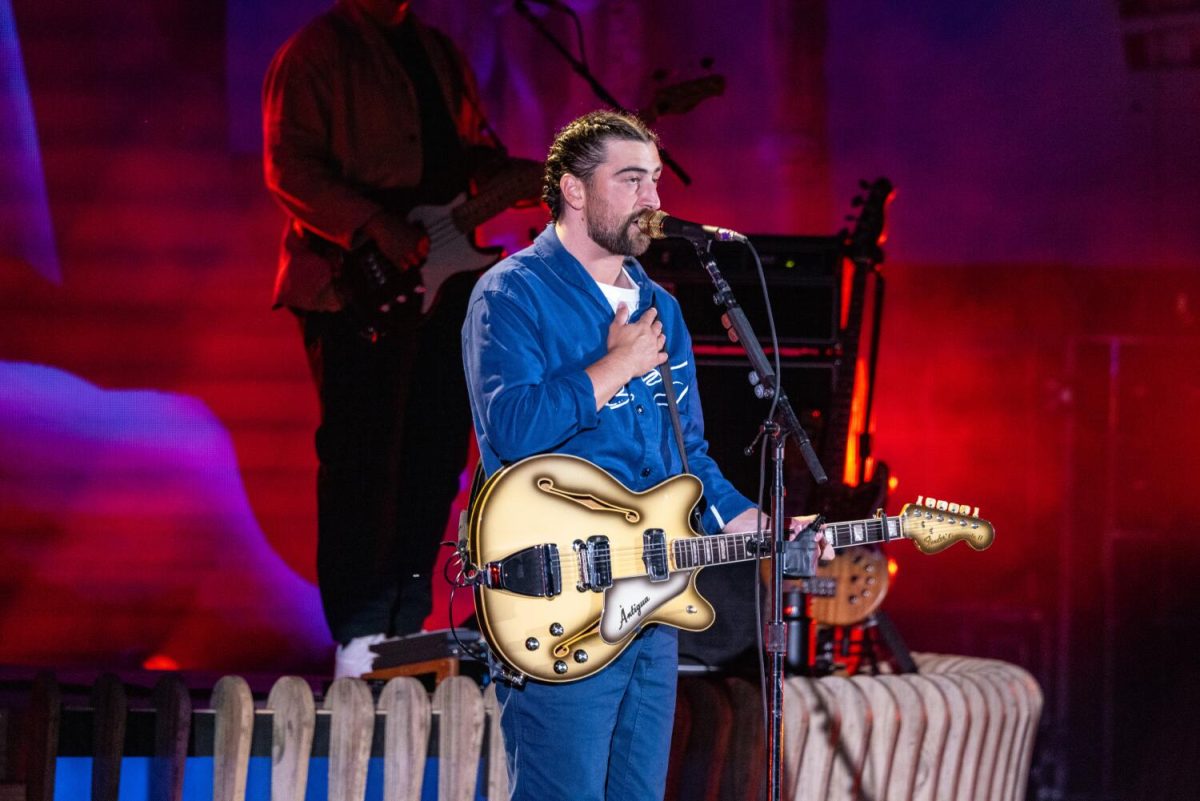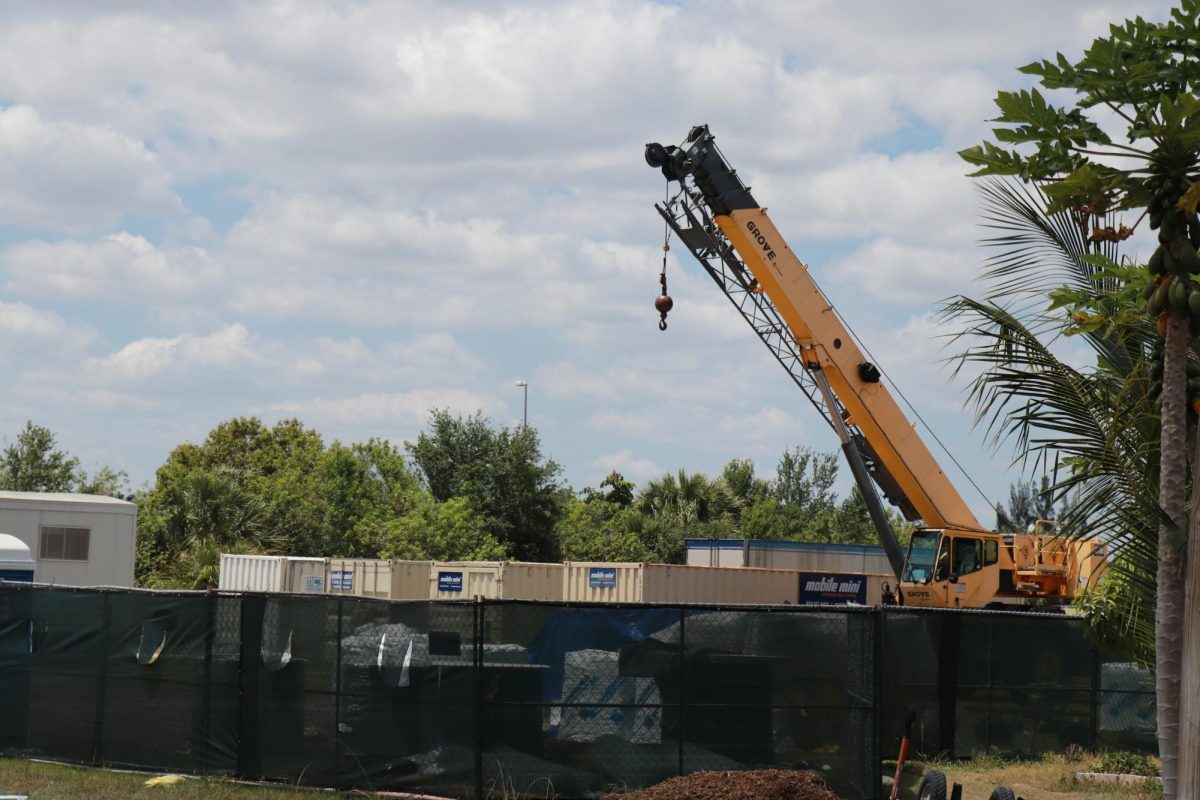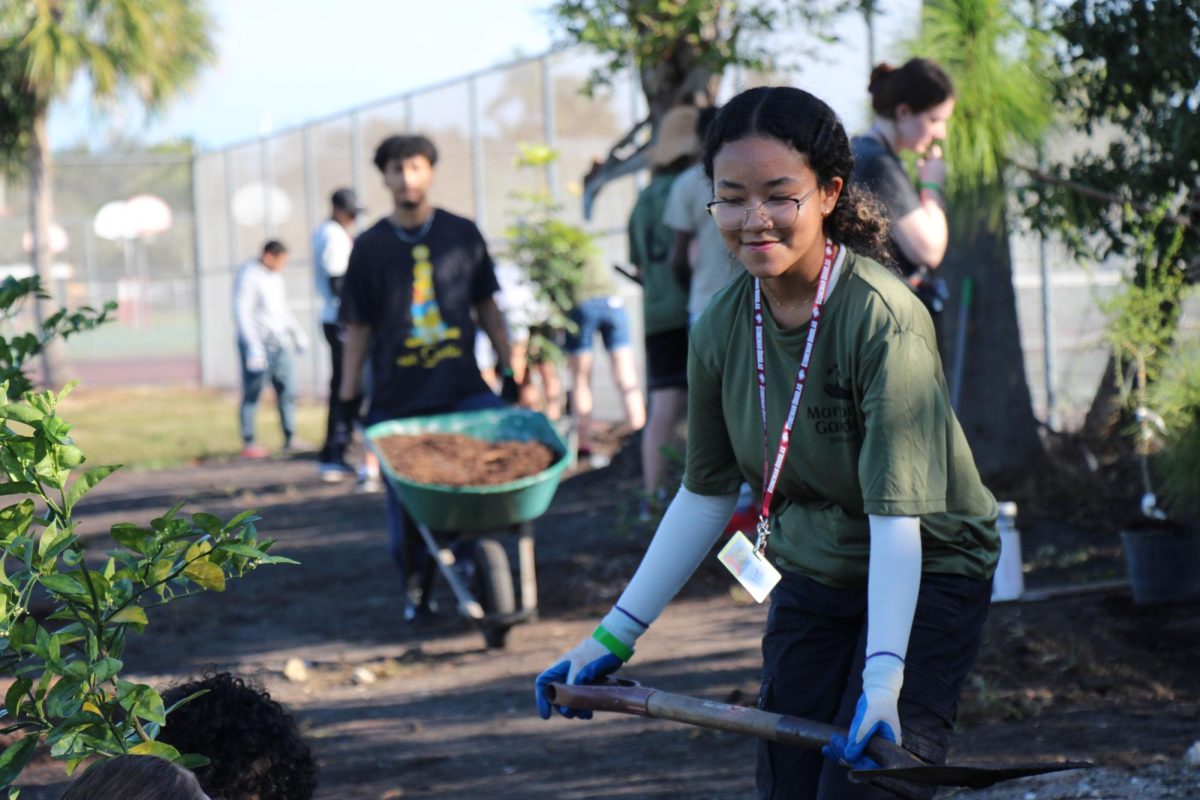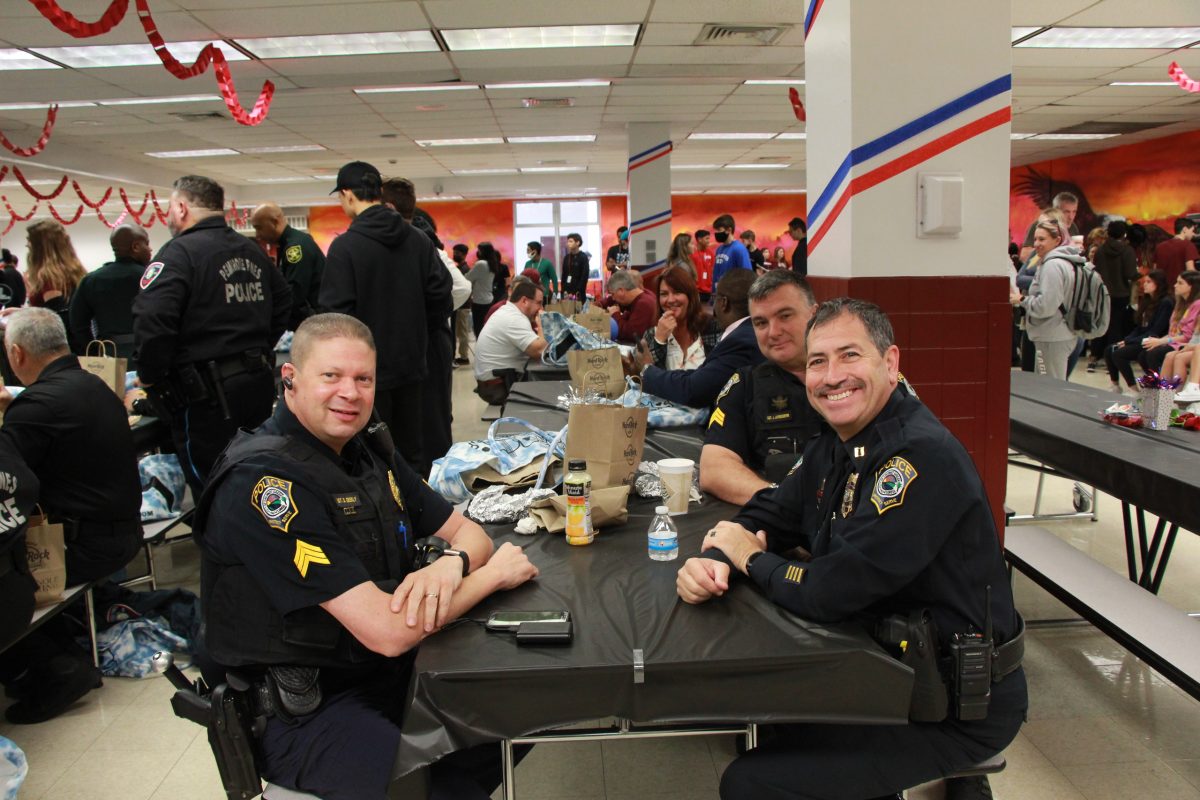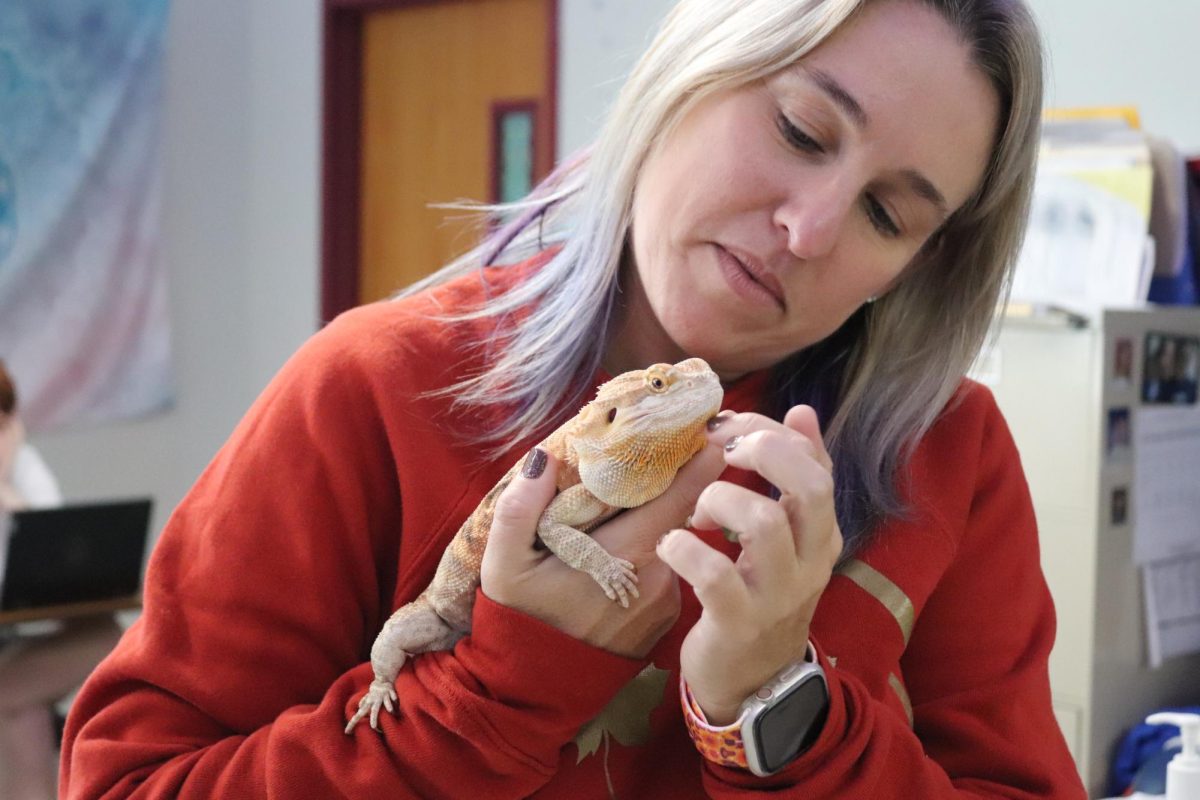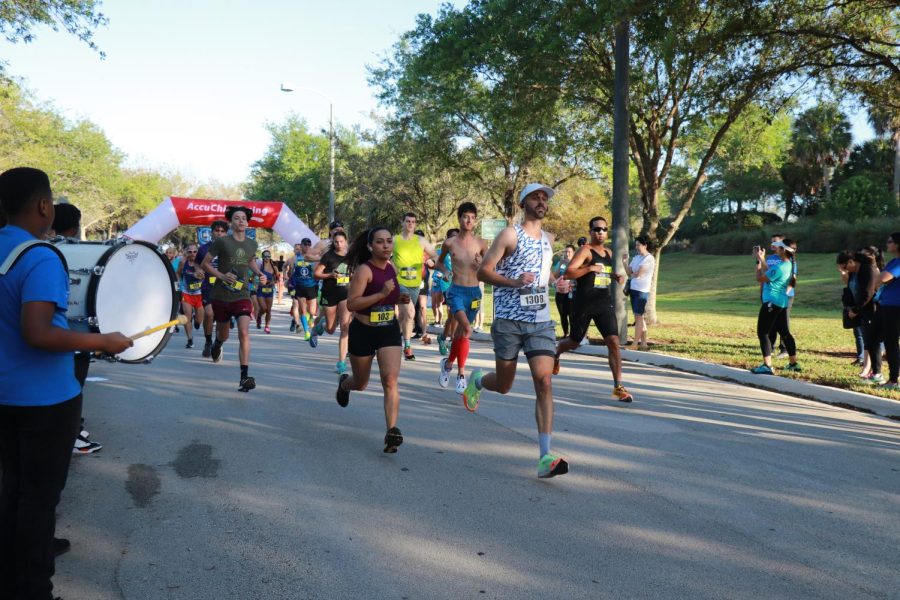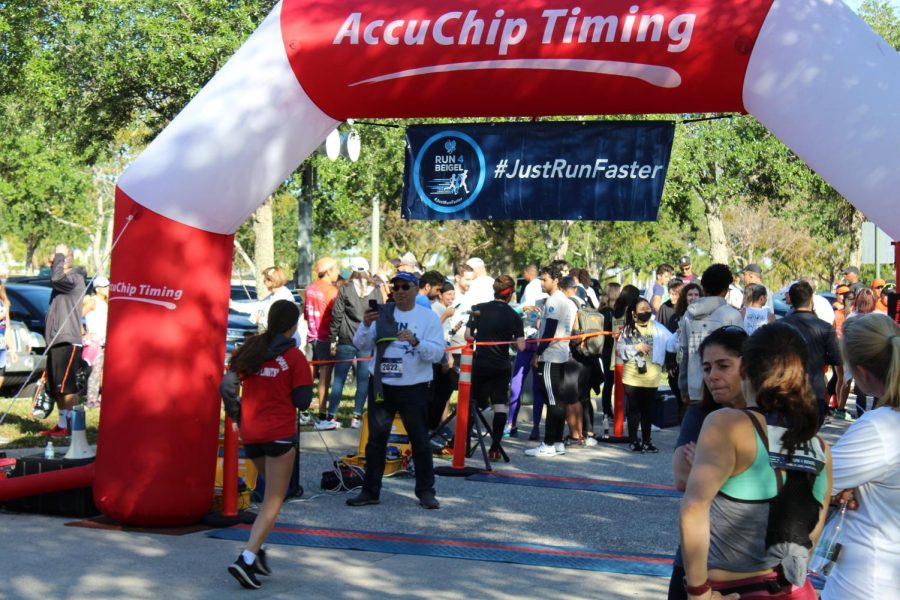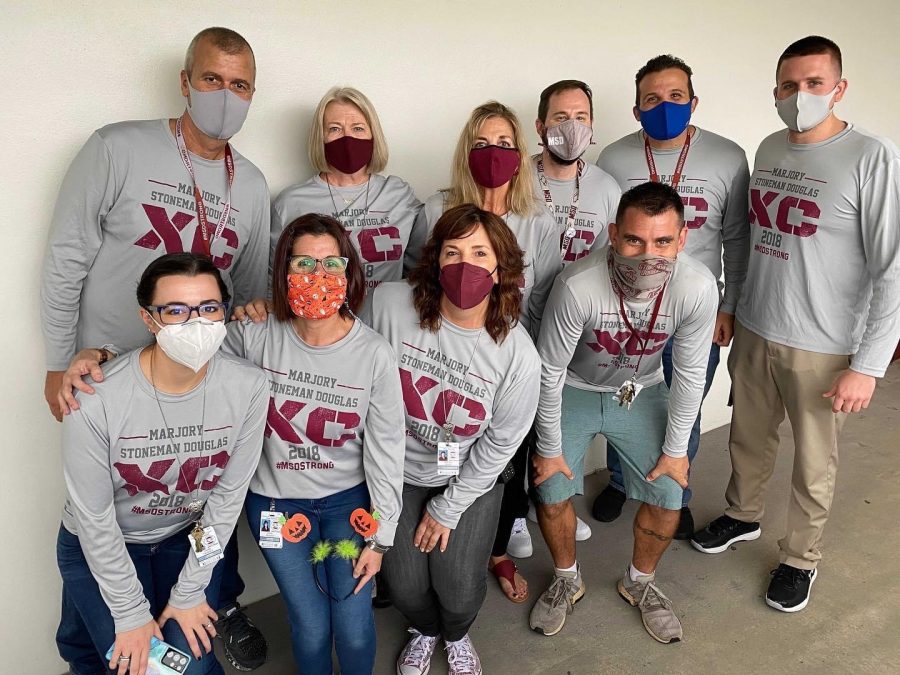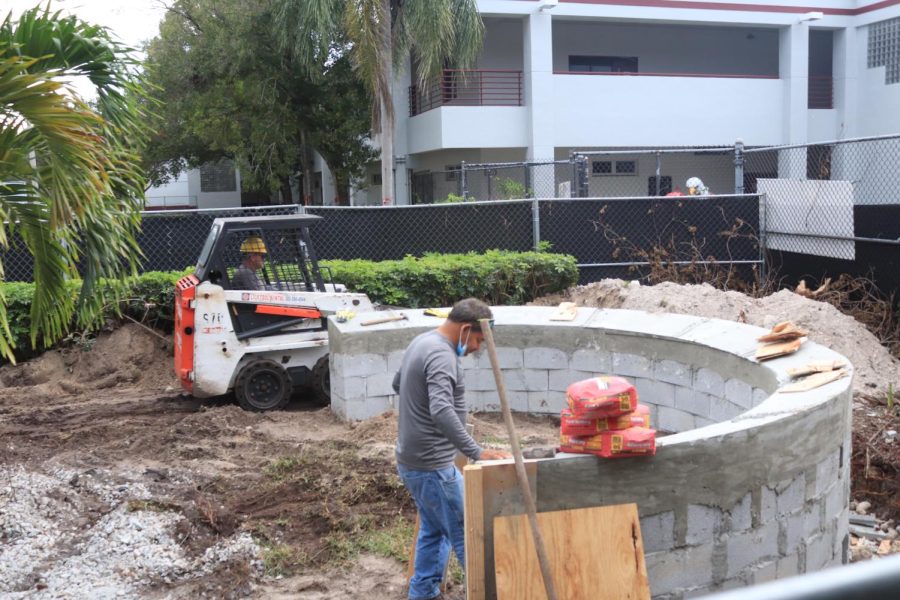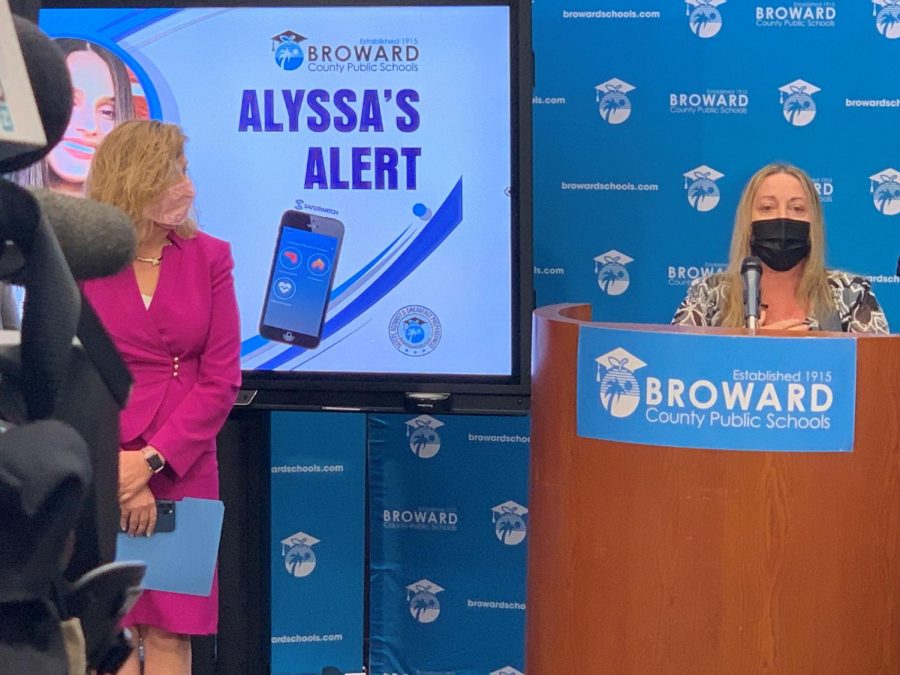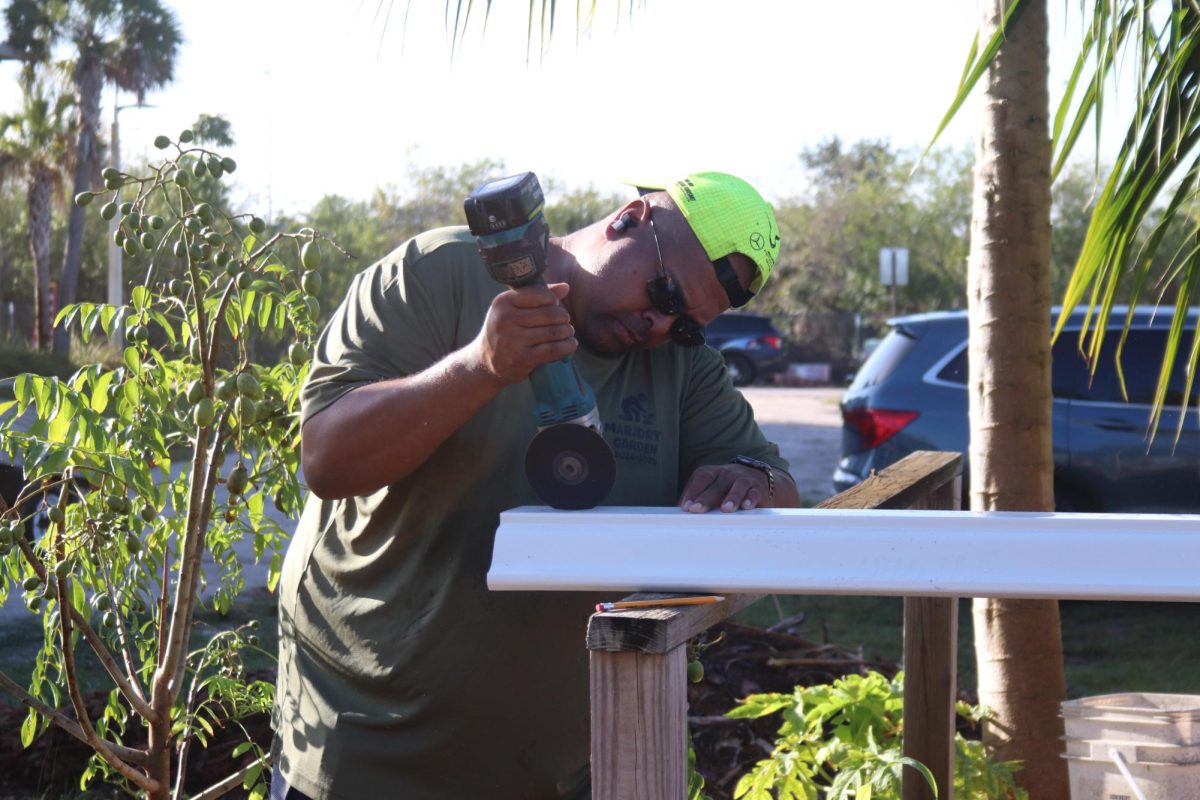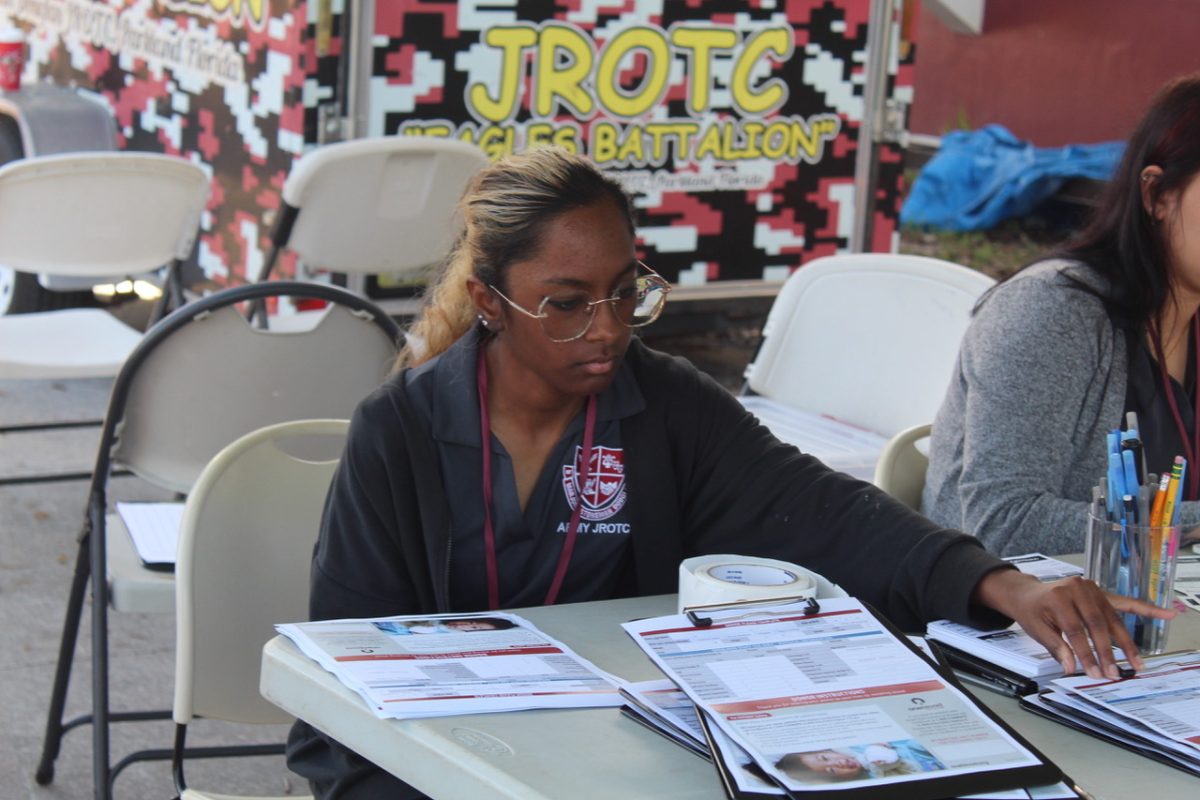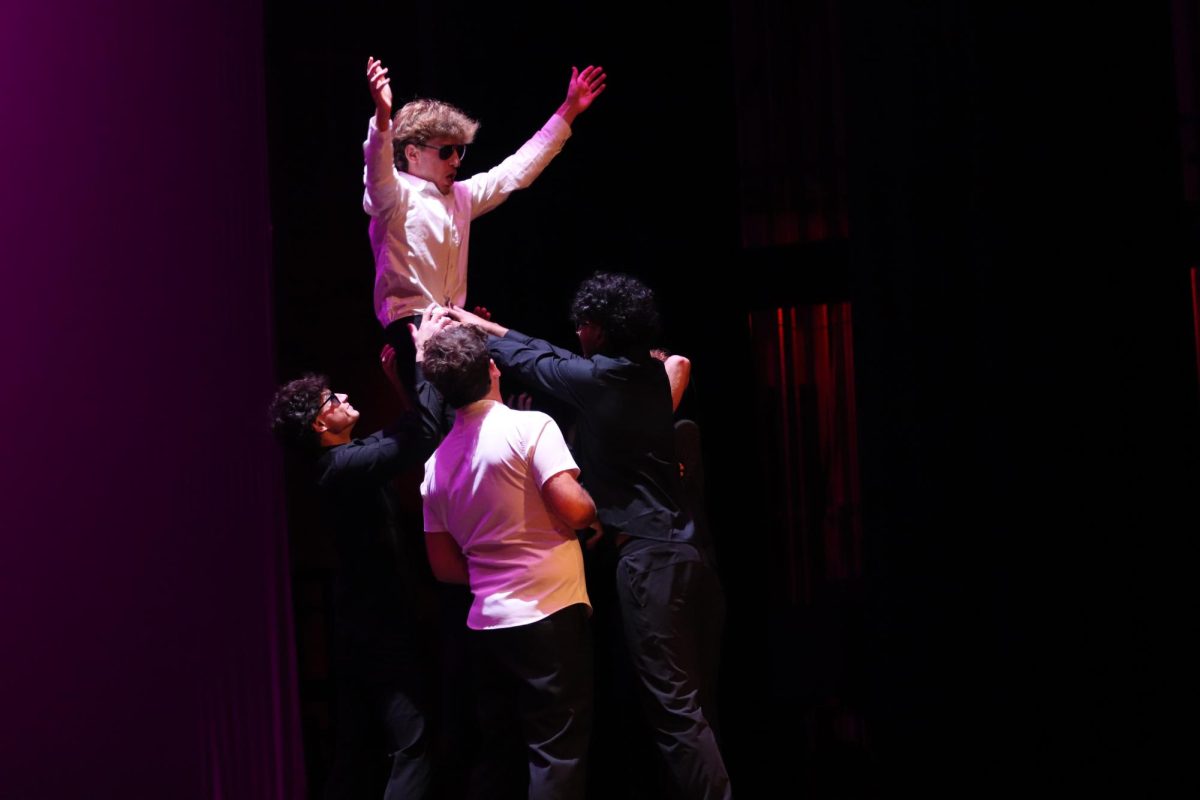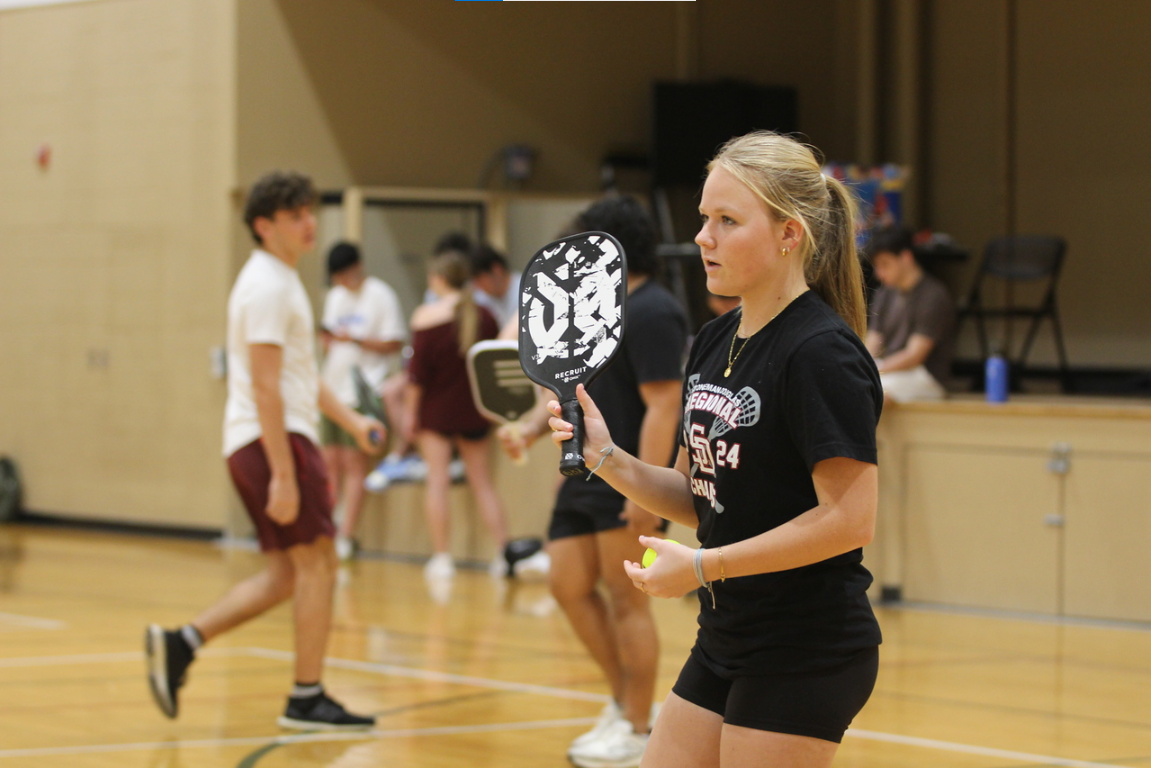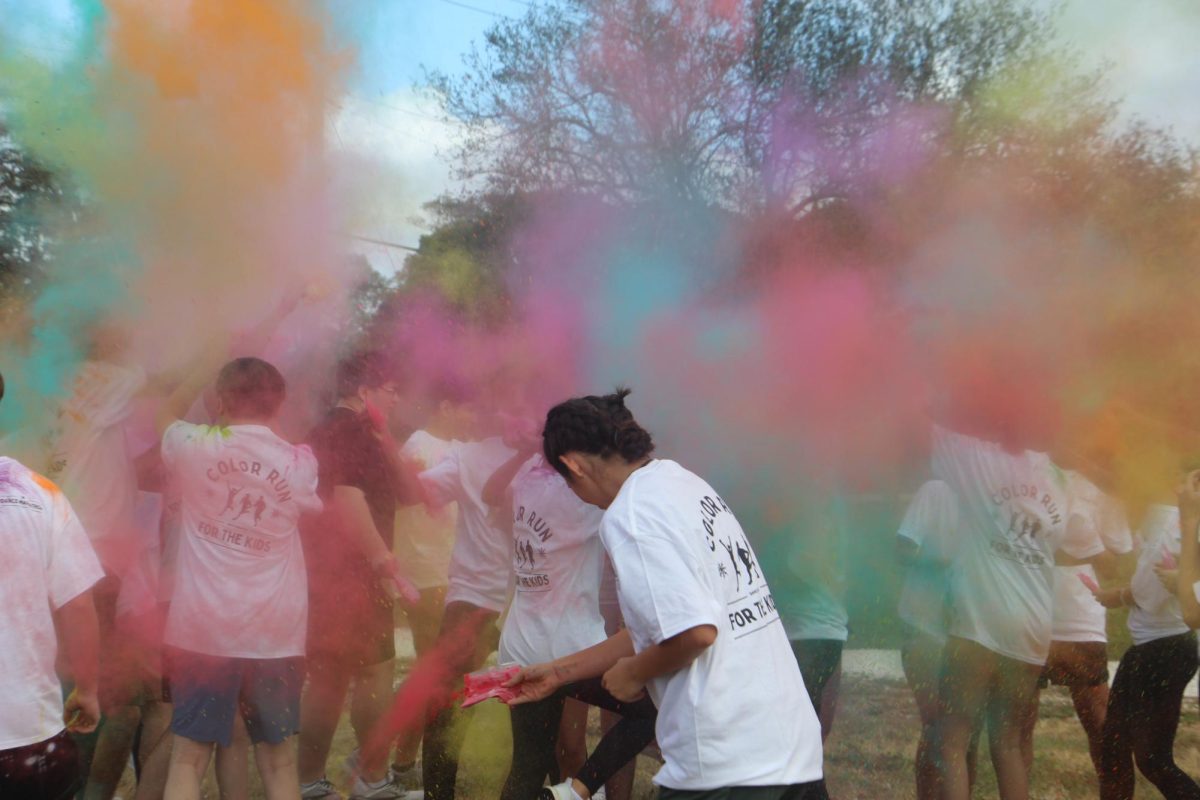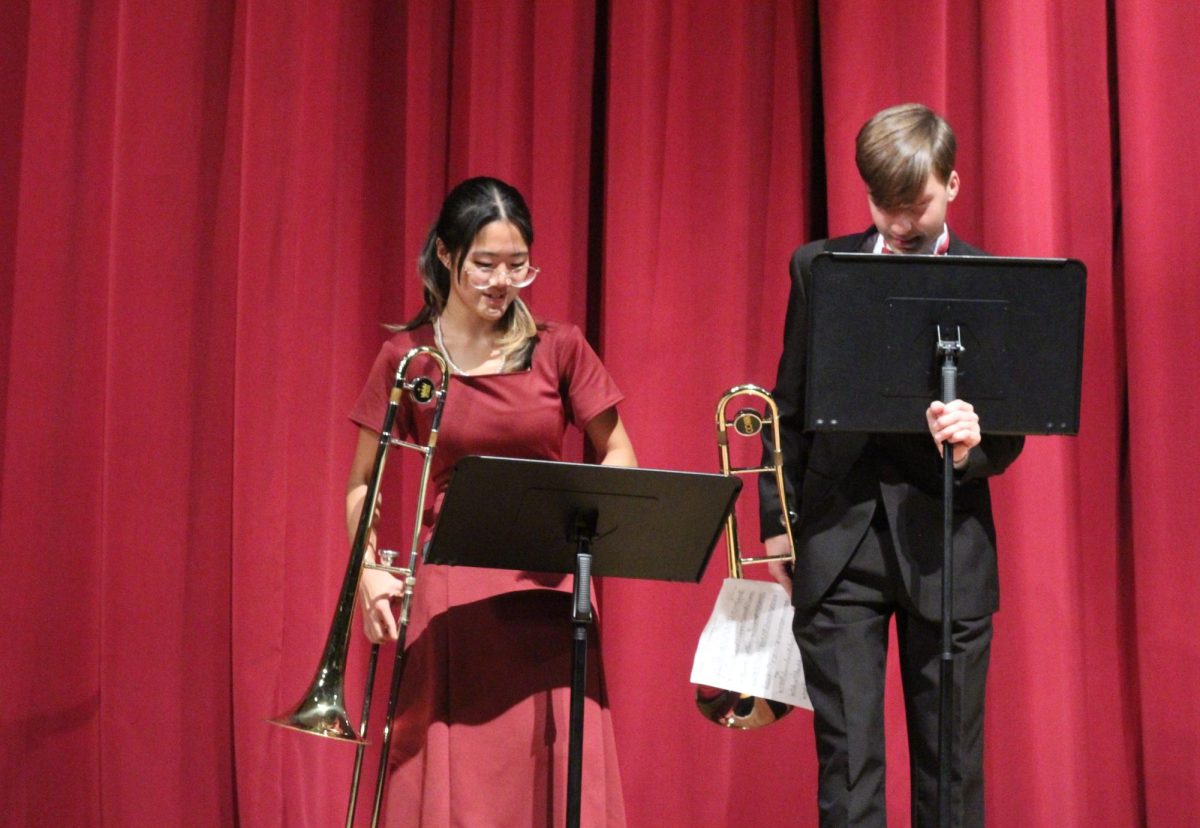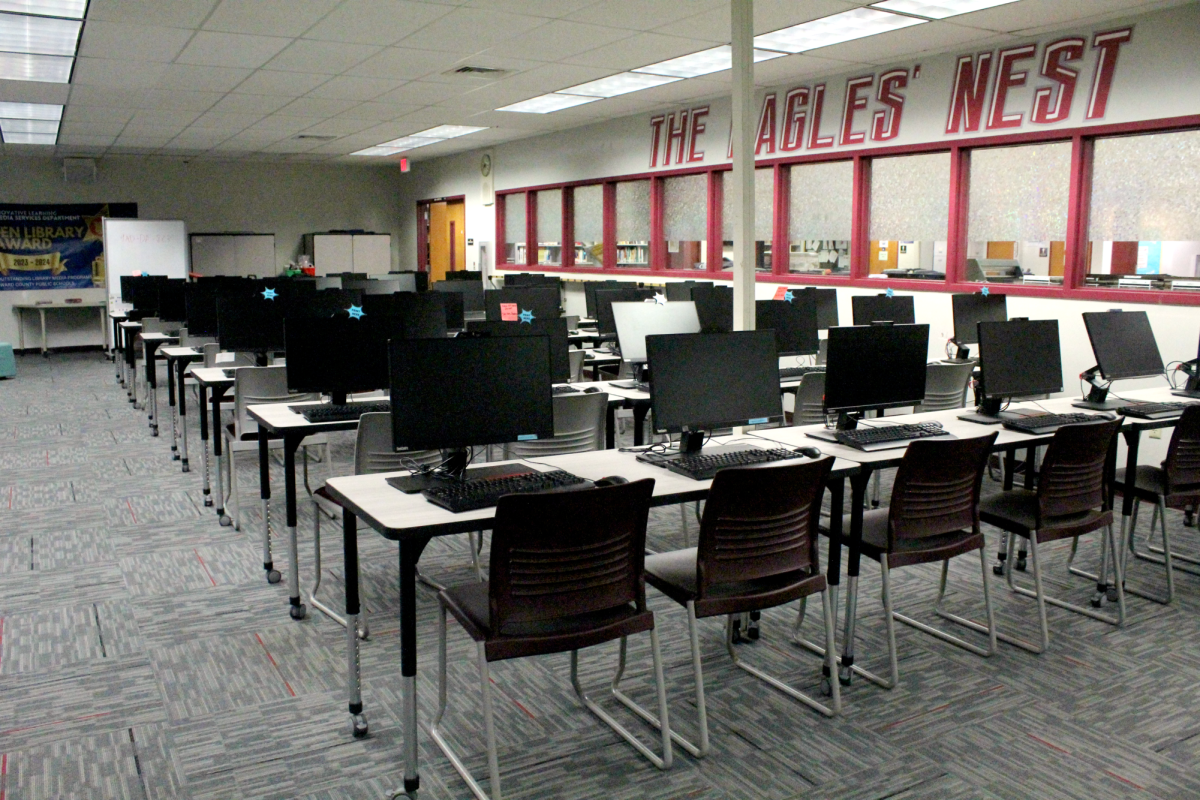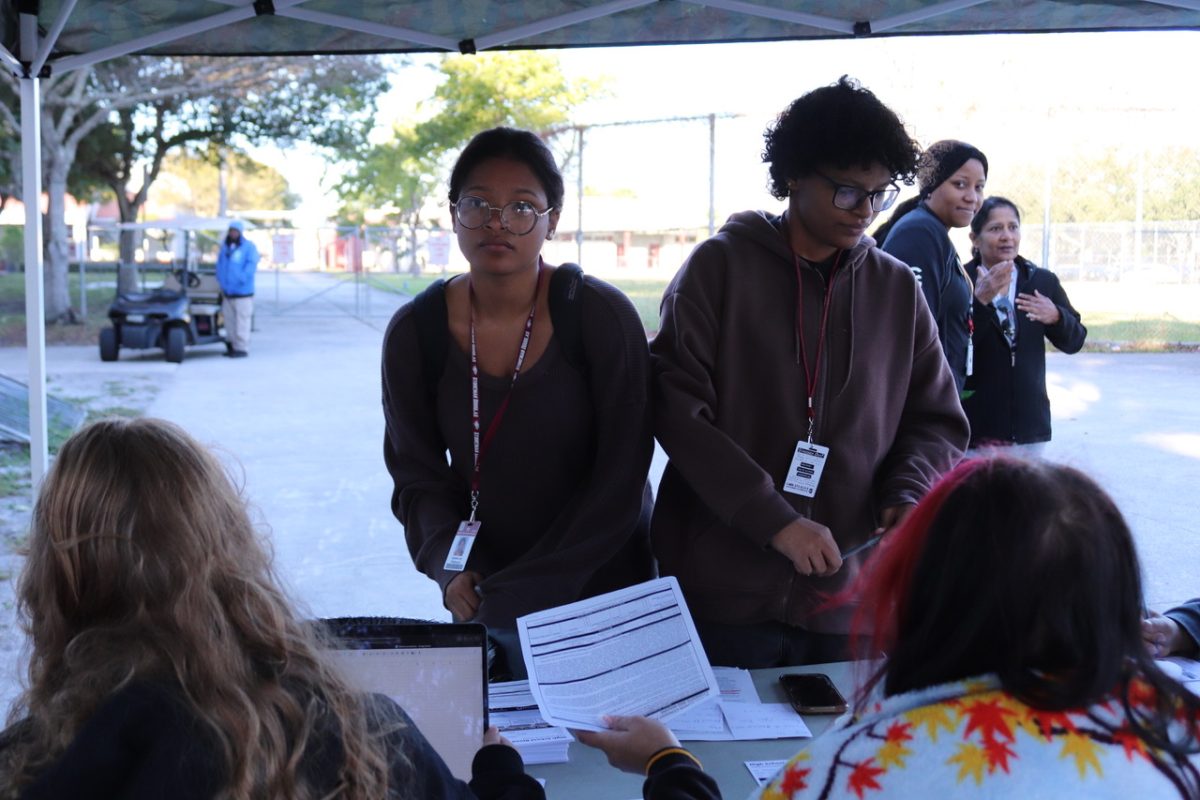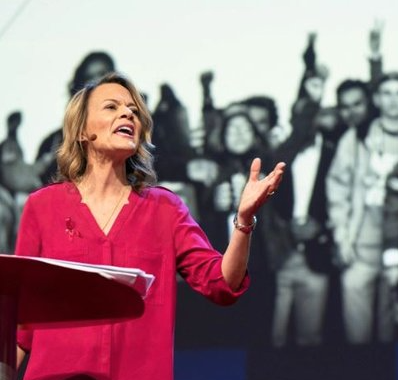
On April 20, the 19th anniversary of the Columbine shooting, Advanced Placement World History teacher Diane Wolk-Rogers showed her students and the world her TED Talk that was filmed just the week before. Covering the topics of the Never Again Movement and the Second Amendment, Wolk-Rogers’ main intentions for this talk were to make her students proud and and inspire them to continue changing the world.
“It’s important to spread the message that the Never Again movement is trying to convey in order to make sure that this is the last mass school shooting generation,” Wolk-Rogers said. “That’s our mission.”
Wolk-Rogers started her 18 minute speech by first introducing herself and explaining her experience on Feb. 14. She connected this pain and grief of herself and the MSD community to how her students were begging for change just a few days after the tragedy.
“After, students asked us, the adults, the hardest question: How can we stop this senseless violence?” Wolk-Rogers said. “This was the most difficult question I’ve been asked, but it wasn’t the first time I was humbled by a student’s question. I listened, but then I admitted I don’t know.”
Wolk-Rogers then went on to explain how she did her own “homework” to find some answers to this problem. She looked to the Second Amendment and the National Rifle Association.
Wolk-Rogers believes that one of the most important topics she discussed was how the NRA was originally founded to promote rifle practice for future soldiers and state militias. With her research, Wolk-Rogers saw that over the course of 150 years, the original intent for the NRA and the Second Amendment changed over time.
“This change over time is striking to me because it reminds us that the interpretation of the Second Amendment and cultural attitudes about guns have changed over time, which gives me hope that they can change again,” Wolk-Rogers said.
Halfway through her speech, Wolk-Rogers set up a multiple choice for the question “How do we stop this senseless violence?” She explained each possibility with evidence and left the audience to decide which choice was correct. Her answer choices were “A: When we hold gun manufacturers responsible,” “B: When we hold ourselves responsible” and “C: When we do a better job caring for each other.” She then noted how there is an empty fourth choice that is usually “all of the above,” but emphasized how it is the job of the American people to fill in their own choice ‘D’.
“Maybe [‘all of the above’] is the answer here or maybe ‘all of the above’ is too easy and this is not an easy problem,” Wolk-Rogers said. “It requires deep, analytical thinking by all of us. So instead, I’m asking you to do your homework, write your own choice ‘D’, and if you aren’t sure where to start, look to my students as role models; they’re armed with incredible communication skills and a sense of citizenship I find so inspiring.”
Wolk-Rogers ended her speech by encouraging the audience to engage in the topic and do their own ‘homework’.
“Everyone of you has to do your homework,” Wolk-Rogers said. “And then what? Humbly, share your knowledge with each other, teach your family, teach your community, your city council, your state legislature. Teach congress a lesson.”
After she finished her last line, Wolk-Rogers got a standing ovation from the thousands of people in the audience. People approached her and contacted her, telling how they wanted to get involved after hearing her speak.
“The reporters for TED Talks told me that my talk was the best and most applauded speech there out of 80 speeches,” Wolk-Rogers said. “And after you give a speech, you go to a sitting area where people can come up to you and talk. I got hundreds of emails afterwards thanking me for it.”
Wolk-Rogers felt at home speaking in front of all those people and cameras. Being a teacher for 33 years, she says that she didn’t feel as nervous as other speakers were.
“I speak in front of my students all the time, for 90 minutes [each day] so the 18 minute TED talk was a piece of cake,” Wolk-Rogers said.
Overall, Wolk-Rogers wanted the audience to be educated, just like her students. She left the overall message that it takes a combination of strategies, determination and knowledge to make a change. Wolk-Rogers has confidence in the fact that this generation will make the change so that later generations will not have to face mass shootings in the future.





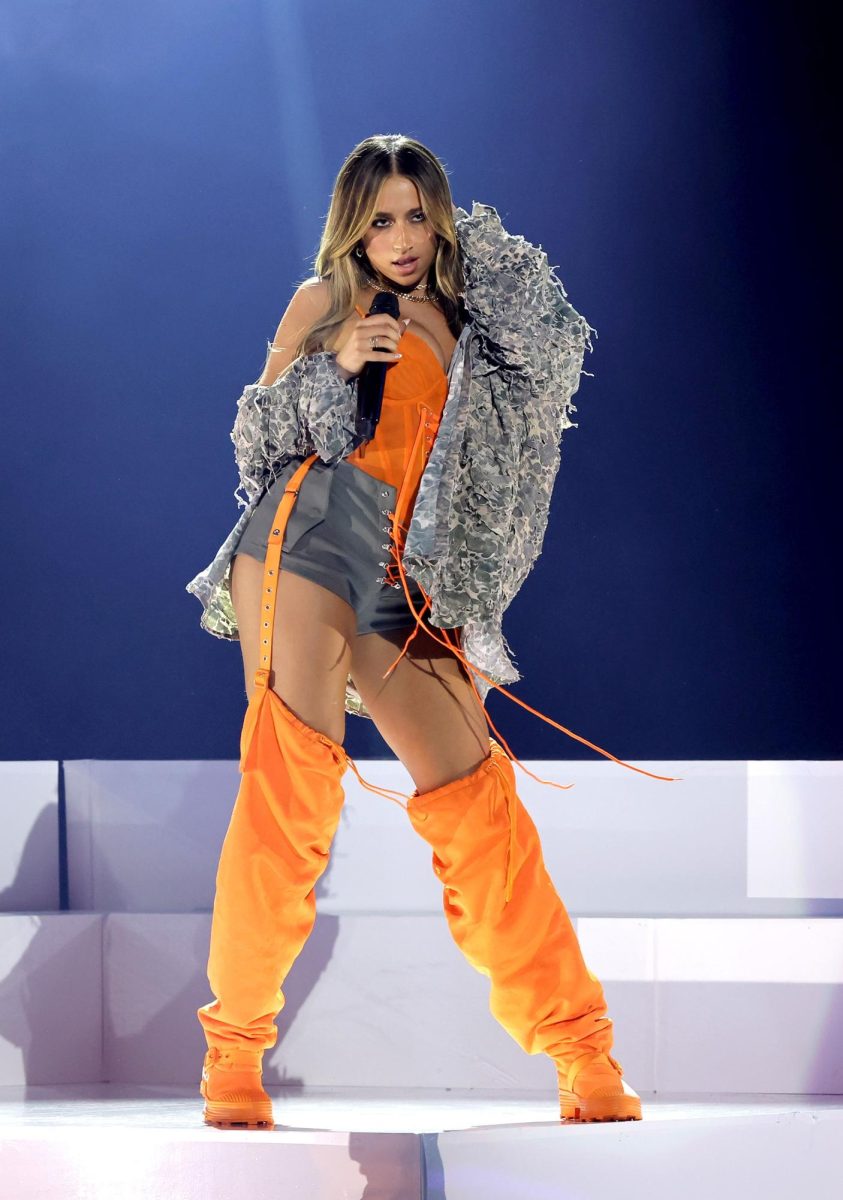
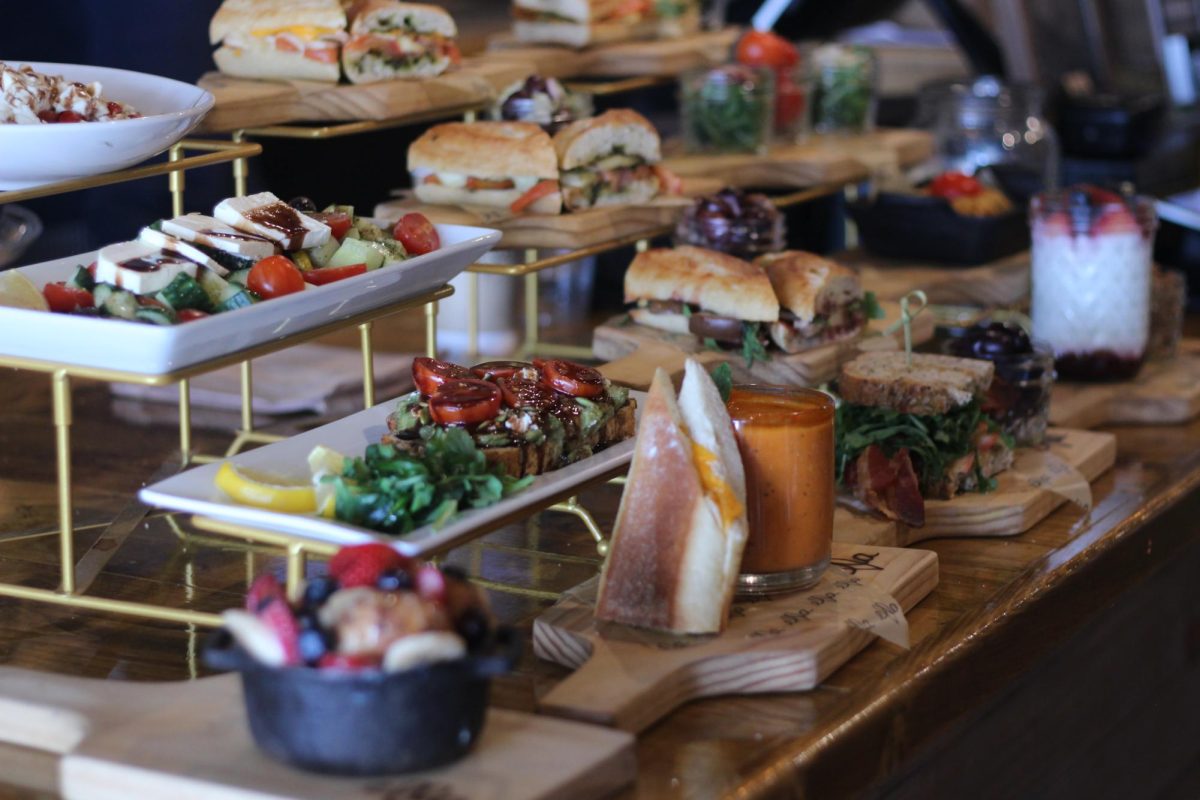
![[Review] ‘The Inheritance Games’ series warms readers’ hearts](https://eagleeye.news/wp-content/uploads/2025/01/Screen-Shot-2025-01-08-at-8.37.08-AM.png)
